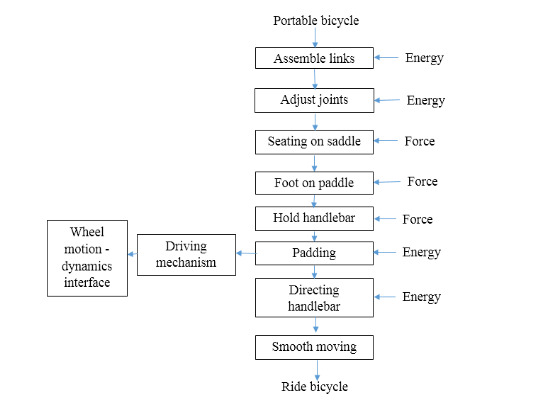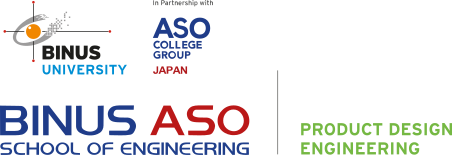Conceptual and Embodiment Design of Foldable Bicycle
Source: Arumchalam, M., Arun Prakash, R., Rajesh, R. (2014) A Typical Approach in Conceptual and Embodiment Design of Foldable Bicycle. International Journal of Computer Applications.
The Conceptual design and Embodiment design are two of the important stages in a typical product design and development process. This study aims at generating different concepts for a foldable bicycle product using a systematic concept generation method and the best generated concepts have been selected using various concept selection methods. It also describes a systemic approach to material selection and FEA justify during embodiment design phase. Various design concepts have been generated from a range of available possible solutions to each product function by morphological matrix which was developed based on functions tree.

The Pugh chart and numerical concept selection methods have been employed to select the best concepts that have been generated based on a set of criteria. In the Embodiment design phase, the Ashby method has been used for material selection for the selected design concept.

The human comfort has been checked by Digital Human Modeling (DHM) Technology. In addition to the material selection process, the proposed design of the foldable bicycle has also been analyzed for its safety by FEA and Fatigue analysis.

Comments :